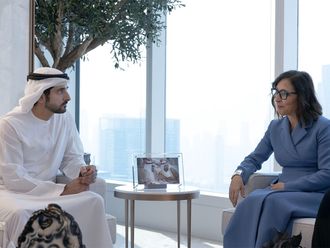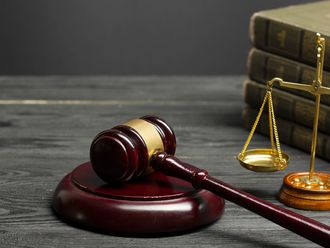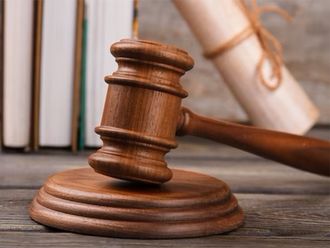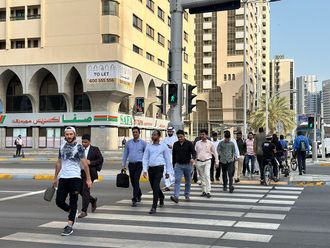
Dubai: His Highness Shaikh Mohammad Bin Rashid Al Maktoum, Vice President and Prime Minister of the UAE and Ruler of Dubai, launched the Dubai Clean Energy Strategy 2050, which aims to make Dubai a global centre of clean energy and green economy.
The strategy includes Dh100 billion investment in Green Fund, and Dh50 billion in the second phase of Solar Park by 2030.
Shaikh Mohammad said that the UAE, through its diverse strategies and investments in clean and renewable energy, is now leading global efforts in this area, despite having the second-largest oil reserves in the world.
“The strategy that we are launching today will shape the energy sector in Dubai over the next three decades. It aims to provide 75 per cent of the emirate’s energy through clean energy sources by 2050, reflecting our commitment to establish a sustainable model in energy conservation, which can be exported to the whole world, and support economic growth without damaging the environment and natural resources. Our goal is to become the city with the smallest carbon footprint in the world by 2050,” Shaikh Mohammad said.
He added: “Every investment in the development of clean energy sources is at the same time an investment to protect the environment for future generations. It is an effort to build our sustainable economic sectors which do not depend on nonrenewablenonrenewable energy resources and are unaffected by volatile energy prices. Through this strategy, which is based on innovation, research and development, we aim to explore the future of the energy sector to unveil initiatives that will make use of the scientific and technological developments in this sector and take the lead in their development and application.”
The UAE is keen to become a global reference platform in sustainability practices by transforming concepts into real applications, Shaikh Mohammad said. He called on international companies and R&D centres to make Dubai a base for testing and applying the next generation of clean energy technologies to create a global model that can benefit the world.
Shaikh Mohammad launched the strategy during the inauguration of the second phase of the Mohammmad Bin Rashid Al Maktoum Solar Park at Al Marmoum area in Dubai.
The solar park is considered the largest of its kind in the world, and will produce 5,000 megawatts in a single location by 2030, and involves total investments worth Dh50 billion.
He also inaugurated the construction works of Dewa Innovation Centre, which includes under its umbrella a group of research and development laboratories in the field of clean energy with a total investment of Dh500 million.
The Dubai Clean Energy Strategy aims to provide 7 per cent of Dubai’s energy from clean energy sources by 2020. It will increase this target to 25 per cent by 2030 and 75 per cent by 2050.
Five pillars
The strategy consists of five main pillars: Infrastructure, legislation, funding, building capacities and skills, having an environment-friendly energy mix.
The infrastructure pillar includes the establishment of the Dubai Green Fund worth Dh100 billion, which will provide, through its financial resources, easy loans for investors in the clean energy sector in the emirate at reduced interest rates. The Dubai Electricity and Water Authority will ensure the demand management and economic value of the project.
The strategy also includes infrastructure initiatives such as Mohammad Bin Rashid Al Maktoum Solar Park, which is the largest generator of solar energy in the world from a single location, with a capacity to produce 5,000 megawatts by 2030, and total investment of Dh50 billion.
The first phase of this project was operational in 2013. The second phase will begin operations in April 2017, with a capacity of 800 megawatts, the third phase will begin operations in 2020 with a capacity of 1000 megawatts, while the fourth phase will begin operations in 2030, with a capacity of 5000 megawatts, which is estimated to be 25 per cent of the total energy production in the emirate of Dubai.
The infrastructure pillar also includes a comprehensive innovation centre that will be built using 3D printing technology. The innovation centre features research and development centres specialised in the next generation of clean energy technologies such as solar energy technology test centre, drones research centre, 3D printing technology, and solar energy based desalination tests centre. About Dh500 million will be invested in research and development in areas such as integration of smart grids, energy efficiency and electricity generation from solar energy.
The infrastructure pillar also includes the establishment of a new free zone under the name ‘Dubai Green Zone’ dedicated to attracting research and development centres and emerging companies in the field of clean energy.









